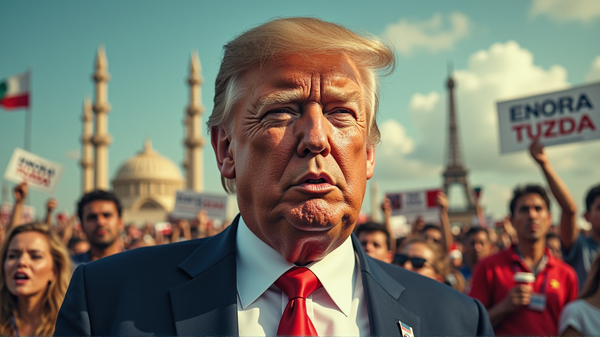European Commission agrees ban on diamonds from Russia

The European Commission has approved a proposal to ban the sale of Russian diamonds, a move that is set to escalate the economic pressures on Russia amidst its ongoing conflict with Ukraine. This development, reported by AFP, indicates a significant shift in the European Union's approach to sanctions against Russia, reflecting a growing consensus among Western nations to target key sectors of the Russian economy.
Background
Russia, a major global player in the diamond industry, has long been a critical supplier to European markets. Diamonds, known for their small size and high value, have posed unique challenges in terms of enforcing trade restrictions. Their ease of transportation and potential for smuggling have made comprehensive sanctions difficult to implement.
European Concerns
European nations, particularly Belgium, have expressed concerns about the effectiveness of such sanctions. There is a fear that even with EU sanctions, Russian diamonds could still reach markets through competitors in places like Dubai and India. These concerns highlight the complexity of the global diamond trade and the need for coordinated international action to ensure the effectiveness of sanctions.
G7 Involvement
During negotiations on EU sanctions, the G7 countries – representing the world's largest industrialized democracies – intervened and agreed on a global ban. This consensus reflects a broader international effort to exert pressure on Russia's military economy.
Details of the Proposal
According to AFP's access to a draft of the document, the proposed sanctions will prohibit the trade of diamonds originating from Russia, those in transit through Russia, or exported from Russia. It also includes diamonds processed in third countries and diamond-studded jewelry.
The ban on Russian diamonds is planned to be implemented from January 1, 2024, while restrictions on diamonds processed in third countries will be gradually enforced from March to September the following year.
The Tracking Mechanism
The proposed measures aim to introduce a diamond tracking mechanism to effectively respond to violations and minimize market disruption. This system would ensure greater transparency and help in enforcing the sanctions more effectively.
Economic Impact
Bloomberg reported that the EU's 12th package of sanctions, including this diamond ban, involves restrictions on trade items worth approximately €5 billion. This includes a prohibition on the export of machinery and machine parts used by Russia in its military operations against Ukraine.
International Response
The discussion of new sanctions gained momentum following a G7 foreign ministers' meeting in Japan, where a green light was given to impose restrictions on diamonds of Russian origin. This meeting signifies the international community's growing willingness to take stronger measures against Russia.
Conclusion
The European Commission's move to ban Russian diamonds marks a significant step in the West's ongoing efforts to economically isolate Russia due to its actions in Ukraine. The involvement of the G7 countries in this decision underscores the global nature of the response to Russia's military activities. The proposed sanctions reflect a strategic approach to target Russia's economy while attempting to minimize potential loopholes and enforce effective compliance.




